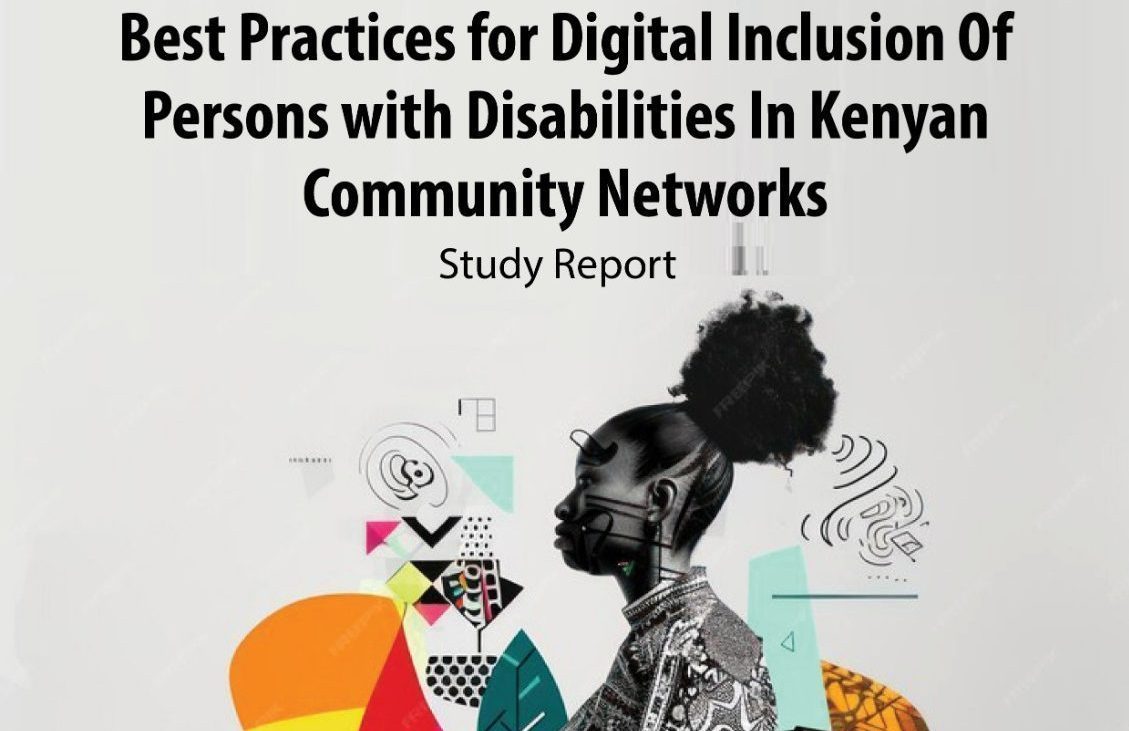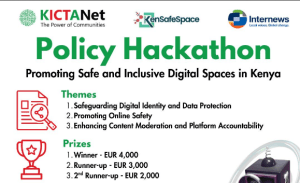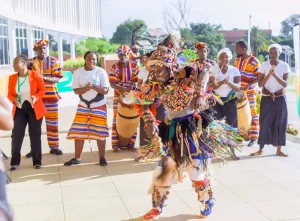There are community networks. And there is a disability. Now imagine a community with shared digital resources and possibilities. A community that embraces everyone, regardless of their abilities.
That is the power of community networks.
Kenya defines disability as a “physical, sensory, memory, or other impairment including any visual, hearing, learning, or physical incapacity that adversely impacts social, economic, or environmental participation.” On the other hand community networks are referred to as decentralised, community-owned, and community-operated communication infrastructures that provide accessible, dependable, and locally relevant connections. These may seem like separate entities, but when they intersect, inclusion and accessibility come in.
In light of this, the need to bridge the digital divide between community networks and disability is apparent. This led to the first-ever study report on “Best Practices for the Inclusion of Persons with Disabilities (PWDs) in Kenyan Community Networks” by the KICTANet Digital Accessibility for Persons with Disabilities program, in collaboration with the Collaboration on International ICT Policy for East and Southern Africa (CIPESA).
The report, which formed part of the ADRF-funded project on Empowering Community Networks to Ensure Inclusion of PWDs, focuses on the fact that community networks offer potential solutions for bridging the digital divide gap. Since these networks are often led by the community, they hold the key to ensuring that persons with disabilities are digitally included.
The study examines the accessibility of these community networks against existing policies, laws and regulations, and public programs for persons with disabilities. It involved surveys, interviews, and workshops with disability stakeholders to gather firsthand information on digital inclusion within these networks. This informed and brought to the fore issues affecting persons with disabilities in the digital space, and contributed to the impact-driven recommendations in the report.
It also addresses barriers to inclusive practices in the usability of ICTs by people with disabilities. These barriers include misconceptions about disability needs, outdated traditions, stereotyping, digital illiteracy, limited access to training opportunities due to financial constraints, and technological and infrastructural challenges.
The study report, further, provides detailed insights into different aspects and provisions of legal frameworks and serves as a guidebook for best practices in digital inclusion. It highlights the significance of involving people with disabilities in decision-making, investing in specialized accessibility features both offline and online, fostering partnerships and collaborations, and advocating for increased government funding and support for digital inclusion initiatives within community networks.
Read the full report in the following LINK: Best Practices For Digital Inclusion of People With Disability In Kenyan Community Networks
Nicodemus Nyakundi is a Digital Accessibility for PWDs Program Officer at KICTANet. He has a background in IT and advocates for the digital inclusion of persons with disabilities.
![]()




